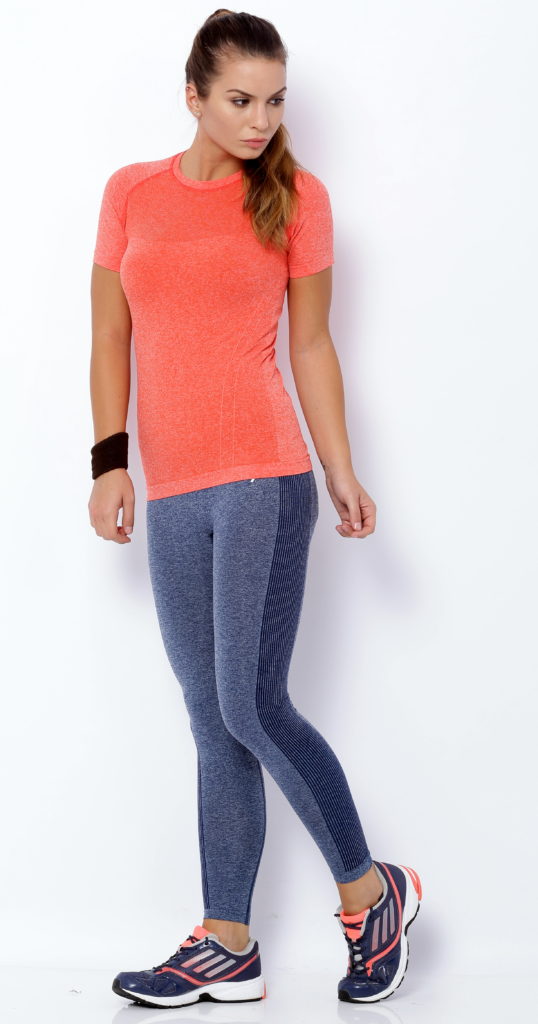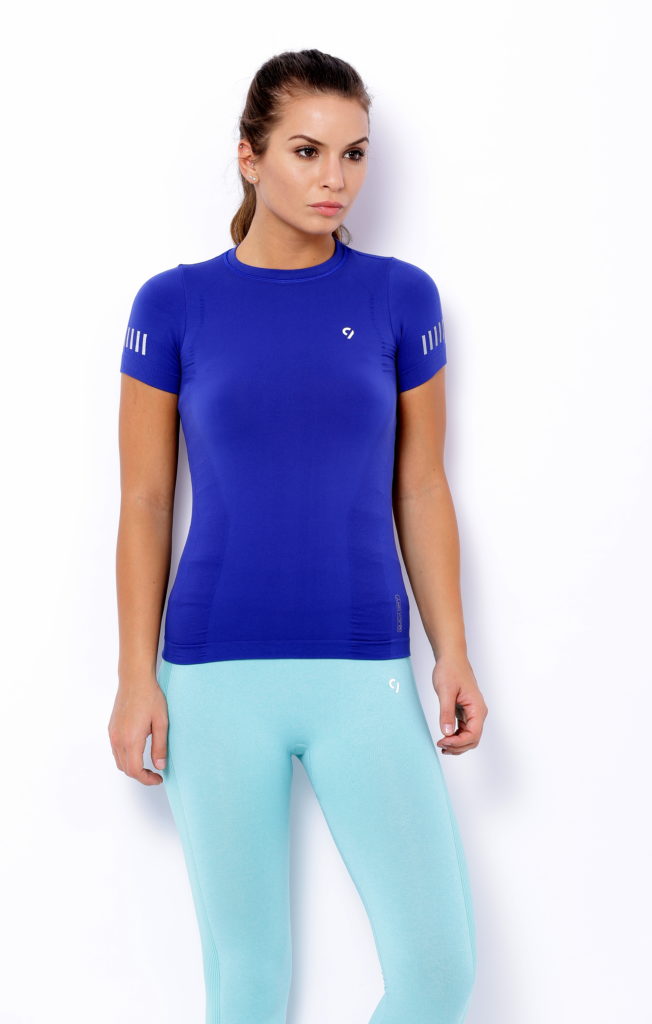
Government Impetus
India is the second largest exporter of Textiles in the World and its exports is expected to grow by 20% per annum. By this projection, garment exports will be reaching an ambitious target of achieving exports of US$ 37.32 Billion by 2018-19. Given its employment and export intensity, apparel industry plays a significant role in the economy. The apparel export sector is poised at an exciting juncture with the Chinese advantage waning due to labour wage issues. However to take advantage of the situation while combating competition from other South East Asian countries like Cambodia, Indonesia and Vietnam, policy measures are the need of the hour. So what is the Government doing to aid apparel exports and what else are the expectations to give exports the much needed boost? Well, read on to know more.

Merchandise Exports from India Scheme (MEIS)
MEIS, introduced through the Foreign Trade Policy (FTP) 2015-20 is a major export promotion scheme implemented by the Ministry of Commerce and Industry. Rewards under MEIS are payable as a percentage of realized Free on Board (FOB) value of covered exports, by way of the MEIS duty credit scrip, which can be transferred or used for payment of a number of duties including the basic customs duty. The government has increased support for exports of readymade garments and handmade shawls of wool. With the revision, the government has extended the MEIS benefits to textile and readymade garments exports to the African countries. Textile exporters will now get the MEIS benefits when they send their shipments to category A or developed countries like the US. The duty benefit amendments as part of the allocation have been increased from Rs 18,000 crore to Rs 21,000 crore for MEIS and the textile and apparel sector has emerged as one of the major beneficiaries of these amendments. The MEIS has provided duty reward to eligible textile and apparel categories to the extent of 2% of FOB value in countries falling under Group A (Traditional markets – USA, EU-28 and Canada) and a single country in Group B (Emerging markets) – Japan. Norway, Switzerland, Iceland and Liechtenstein were shifted from Group C (other markets) to Group A and 2% duty benefit was provided for fabric exports to Bangladesh and Sri Lanka in an amendment. Eligible categories under HS Code Chapters 50 to 63 are now eligible for duty reward of 2% to all countries of Group B, Group C and Group A countries which effectively means that the duty reward is now available to textile exporters in any country globally. For eligible apparel and made-ups categories under HS Code Chapters 61 to 63, the duty reward has been extended to all Group B countries in addition to Group A countries. Government has removed restrictions for exporters amid concerns over stagnating garment and textile exports. The decision, announced by the Directorate General of Foreign Trade, means exporters have been relieved of submitting the landing certificate of goods in order to avail of benefits under the MEIS. The decision of the Government to issue duty credit scrips under the IEIS without any restriction will certainly improve the cash flow of the exporters.
Other Schemes
The foremost objective of the government has been to increase production of textiles garments through various policy interventions and these schemes are intended to strengthen the country’s textile sector and generate employment opportunities for textile workers. The Technology Upgradation Fund Scheme (TUFS) provides for Technology Upgradation of the Textiles Industry with one time capital subsidy for eligible machinery. The National Handloom Development Programme schemes consisting National Handloom Development Programme, Handloom Weavers Comprehensive Welfare Scheme, Yarn Supply Scheme, Trade Facilitation Centre and Craft Museum, CHCDS – Handloom Mega Cluster, Weavers Service Centre and Others Handloom Programme are some other Government schemes for the traditional handloom sector. The Integrated Processing Development Scheme (SPP) aims at facilitating the Textiles processing industry to become globally competitive using environmentally friendly processing standards. The Scheme for Integrated Textile Parks (SITP) has been launched by merging the Apparel Textile Parks and Upgrading Infrastructure facilities of Textile growth centers. One of the main purposes of introducing the SITP is to provide the Industry with world class infrastructure facilities for setting up their Textile Units to meet international environmental and social standards. Likewise the Textiles Labour Rehabilitation Scheme provides for interim relief for transitional adjustments to the workers who have lost their jobs as a result of closure of mills to enable them to settle in another employment. NER Textiles Promotion Scheme helps in promotion of textiles in the North Eastern Region including Sikkim. The Scheme for Usage of Geotextiles in North Eastern Region proposes to introduce a plan scheme for promotion and application of geo-textiles in the North Eastern Region. The aim is to utilise geo-textiles in the development of NER infrastructure through pilot projects initially, with the ultimate objective of ensuring use of modern cost effective technology in the NER and other regions of the country on a large scale.

Budget Push
The Union Budget 2016-17 has announced some measures that are expected to give a boost to the garment industry. The addition of 1% FOB value of exports in custom duty free for specified fabrics would help garment exporters to undertake production of those garments where they were not competitive. In the year 2016-17, fabrics worth around Rs. 1000 crores would be eligible for imports and custom duty of Rs. 110 crores, can be potential savings for garment exporters. This will not just give an avenue for new product development but also provide for additional exports of Rs. 2500 crores in a year. The continuation of duty free import of trimmings and embellishments to the extent of 5% of FOB would give additional garment export of Rs. 5000 Cr in full year (2016-17). The Government has also changed the post manufacturing drawback rate from 0.18% to 0.21% and the effect of this would be additional 0.03% drawback on service tax on garment exports on FOB value of exports. The total additional exports Rs. 7500 Cr in full year 2016-17 is envisaged by the incentives announced in this budget.
Workforce Matters
The Ministry of Textiles, under, has initiated several measures for promotion of the textiles industry in general and in assisting the youth, women and disadvantaged segments of the society in particular. If the Government aids the garment export industry to achieve high growth targets it can potentially generate 2200 jobs with an investment of Rs. 30 Cr in land, building machinery and utilities. The textile industry accounts for 14% of industrial production, which is around 4% of India’s GDP. Out of 45 million people in the textile industry, 11.22 million people are in garment sector alone. 60 to 70% workforce is of women, mostly coming from weaker section. The garment export sector is currently about US$ 17000 million, having a world market share of around 3.5% only. Naturally, there is a need for employment linked incentive scheme for this sector. Labour Laws Simplification is the need of the hour so that they are both flexible and complaint.
Wish List
However there is much more in terms of expectations with regard to the inclusion of fabrics to the extent of 2% of FOB value under the overall 5% entitlement in custom notification, announcement on the 3% interest subvention for garment exports, deduction in the income tax for undertaking research and development, reducing the threshold investment limit from Rs 25 cr to Rs 1 cr and the demand that Industry Duty drawback rate should be enhanced immediately after taking into account the new incidence of service Tax, excise duty and increase of excise duty on diesel that needs to be addressed. Enlargement of the garment export basket by manufacturing garments (Knitted and woven) from fabrics which are not widely available in India is another long standing demand. Non-Implementation of 24×7 Clearance of drawback shipping bills at Customs and speedy implementation FTAs with major importing blocks like EU, to mitigate the disadvantage suffered by India due to preferential market access available to India’s competitors like Bangladesh and Pakistan also needs addressing. Garment Exporters are constantly leveraging the existing strengths in terms of raw material, compliant factories but, the availability of specialty fabric as a raw material is a key constraint.
World Bank Report
India needs to ease barriers to the import of manmade fibres, facilitate market access and encourage foreign investment to reach more end markets per a World Bank report titled ‘Stitches to Riches? Apparel Employment, Trade, and Economic Development in South Asia.’ There is also a need for more transparency for duty drawback schemes and bonded warehouses as well as removing anti-dumping duties on manmade fibres. The Government can also lower excise taxes or provide other incentives to develop a domestic manmade fibre industry. The report adds that the import duty on manmade fibres is currently at around 10 per cent, while in competing countries such as Sri Lanka the duty is nil. To improve productivity, India could help firms enter the formal sector and take advantage of economies of scale with less complex labour policies. India could also promote foreign investment for apparel by adopting clear and transparent policies on foreign ownership (already in place for textiles) and within Export Promotion Zones, according to the report. It added that India could diversify markets by taking advantage of market access to emerging markets and it could shorten lead times by using industrial parks to provide better infrastructure in a concentrated way.
This story appeared in the June 2016 issue of Apparel India magazine here: Apparel India – June 2016 – Insights – Giving the Required Push!